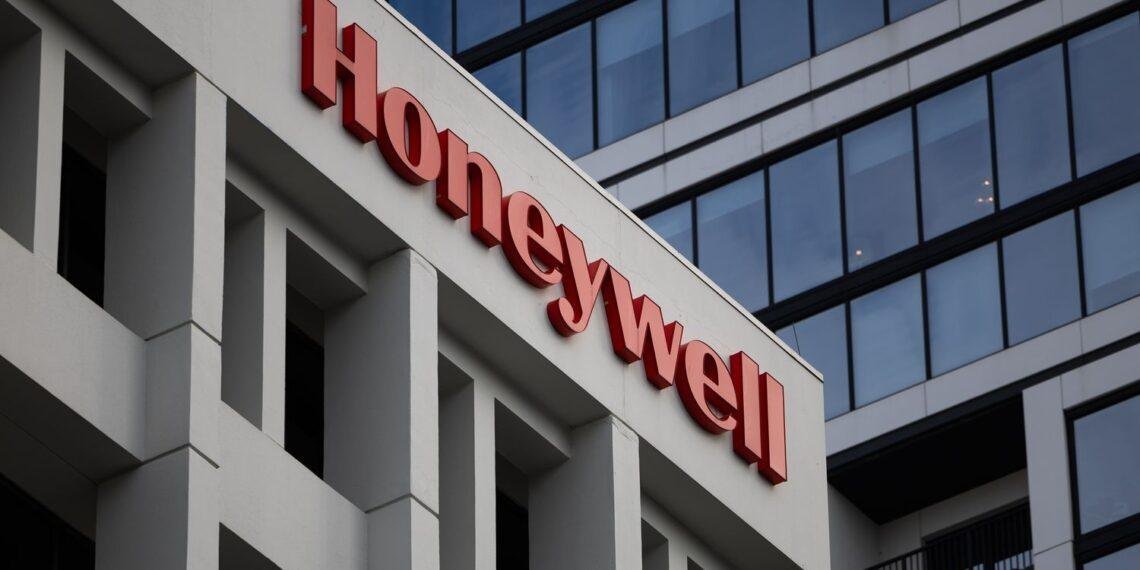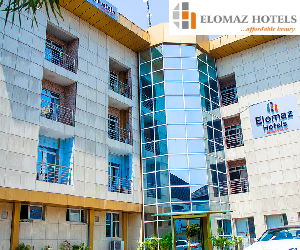Honeywell International Inc. (NASDAQ: HON) is making a historic move by breaking up into three independent companies, marking the end of an era for one of America’s last great industrial conglomerates. This comes just months after activist investor Elliott Management injected $5 billion into the company, pushing for a strategic overhaul.
Shares of Honeywell dropped nearly 4% following the announcement, with concerns that the financial benefits of the split might take time to materialize. The company plans to spin off its aerospace and automation divisions, adding to its previously announced separation of the advanced materials unit.
This decision follows a growing trend among industrial giants like 3M, General Electric, and United Technologies, which have opted to break up their massive operations in recent years.
According to Tony Bancroft, a portfolio manager at Gabelli Funds, the aerospace and automation divisions could be valued at $104 billion and $94 billion, respectively. However, analysts warn that immediate stock gains may not be in sight. RBC Capital Markets reports that past industrial spin-offs have outperformed the market by nearly 27% within a year, but history shows mixed results in the long run.
Elliott Management’s influence on the split stems from Honeywell’s underwhelming stock performance in 2024. The company’s shares rose only 7.7% until November 11, while the broader market gained 26.6% in the same period.
Read Also: Honeywell’s N72.2 billion judgment claim an exercise in futility, Ecobank insists
Eric Martel, CEO of Bombardier, welcomed the news, stating that a more focused Honeywell aerospace division would be beneficial. Honeywell has already secured deals to provide avionics, propulsion, and satellite communication technologies for Bombardier’s aircraft.
Despite these moves, Honeywell faces challenges, particularly in its industrial automation sector, which has been hit by slowing demand as the e-commerce boom cools off. The company’s 2025 profit forecast fell below Wall Street expectations, adding to investor concerns.
Honeywell expects to complete the separation in the second half of 2026, structuring it as a tax-free transaction for shareholders. However, the road ahead remains uncertain, with questions lingering over how quickly the market will recognize the value of its split entities.
With the breakup of Honeywell, the landscape of American industrial giants continues to shift. Will this bold move pay off? Only time will tell.






